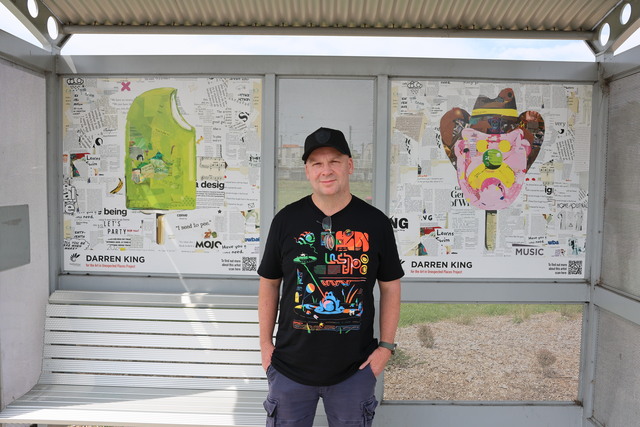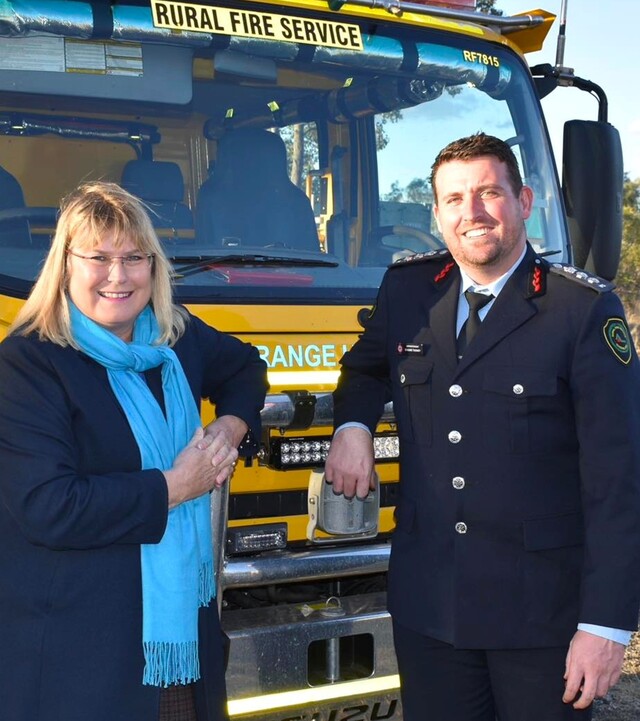In a report tabled in the Victorian Parliament today, Managing Landfills, Auditor-General John Doyle found that Victoria’s landfill management had improved since events in Casey in 2008, but that there was scope for further improvement. Mr Doyle made 15 recommendations in his report and all were accepted.
John Doyle said, ‘Landfills are an important part of Victoria’s waste management infrastructure. While disposal of materials to landfill is the least preferred management option for waste, landfills will continue to be required to manage those wastes that cannot practically be removed from the waste stream. These landfills can pose a wide range of risks to the environment and public health based on their siting, design, operation and management’.
These risks need to be managed so that landfills do not leave an unacceptable environmental legacy for future generations to address.
The audit assessed whether the Environment Protection Authority (EPA) and local councils, as landfill owners, are complying with their responsibilities for the construction, operation and management of municipal landfills. It also examined EPA’s administration of the regulatory framework and four councils’ operation and management of both active and closed landfills and their compliance with the regulatory framework requirements.
John Doyle said, ‘Reviews conducted after the Brookland Greens case found EPA’s oversight of landfills was poor. To address this, EPA implemented a range of reforms, which have significantly improved its regulation and oversight of landfill performance. However, further improvement is still required to ensure these reforms are fully effective in overseeing landfill performance, and to address remaining shortfalls in EPA’s approach’.
In other results, the report found that the four audited councils have made significant efforts to comply with the regulatory reforms. As a result, the management of the highest risks associated with generation of gas and contaminated water at landfills has significantly improved.
John Doyle said, ‘However, further work is required to better manage localised risks to the environment and community amenity from landfills. These risks are associated with poor management of some daily operational activities and rehabilitation and after-care practices. Both EPA and councils have been slow to implement key initiatives to address these localised risks at older landfill sites.
‘While EPA’s reforms have significantly improved its oversight of active and highest risk closed landfills due to improvements to its landfill licensing system, supporting guidance, and compliance and enforcement approach, there are shortfalls in its implementation. EPA has not effectively translated its risk-based approach to overseeing landfill performance into its environmental auditing and compliance reporting systems.
‘It is vital that EPA, its appointed environmental auditors and councils as landfill owners work together to address these issues. They will need to introduce regular review and feedback processes to continually review progress, raise issues and educate each other in relation to the constraints each party operates under.’
The full report and a short recorded presentation of less than 10 minutes that details the report’s main findings are available on our website here. www.vision6.com.au/ch/42347/1834s/1815977/1f37eq5m5.html







